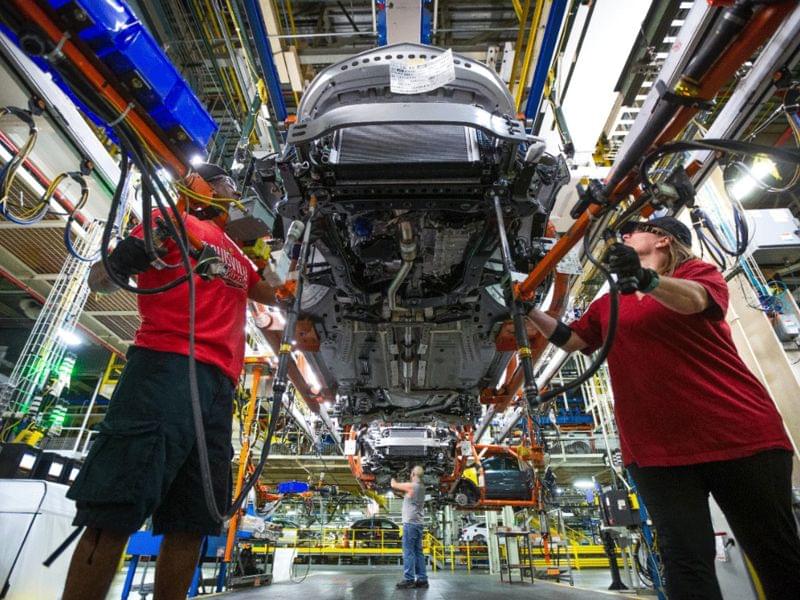Not all who wander are lost – but sometimes their cell phone reception is. That might change soon if a plan to project basic cell phone coverage to all parts of the globe comes to fruition. Lynk has already proven it can use a typical smartphone to bound a standard SMS text message off a low-earth-orbiting satellite, and they don’t plan to stop there.
Formerly known as Ubiquitilink, Lynk was founded a few years ago by Nanoracks founder Charles Miller and his partners but came out of “stealth mode” as a start-up in 2019. In 2020 they then used a satellite to send an SMS message from a typical smartphone, without requiring the fancy GPS locators and antennas needed by other, specially made satellite phones.
The company continued its success recently by demonstrating a “two-way” link this week using a newly launched satellite, its fifth, called “Shannon.” They’ve also proved it over multiple phones in numerous areas, including the UK, America, and the Bahamas.








